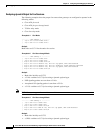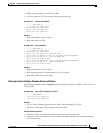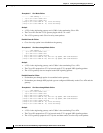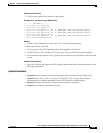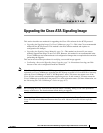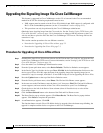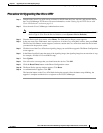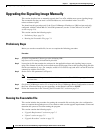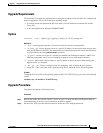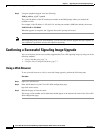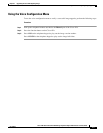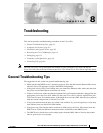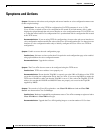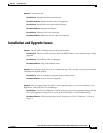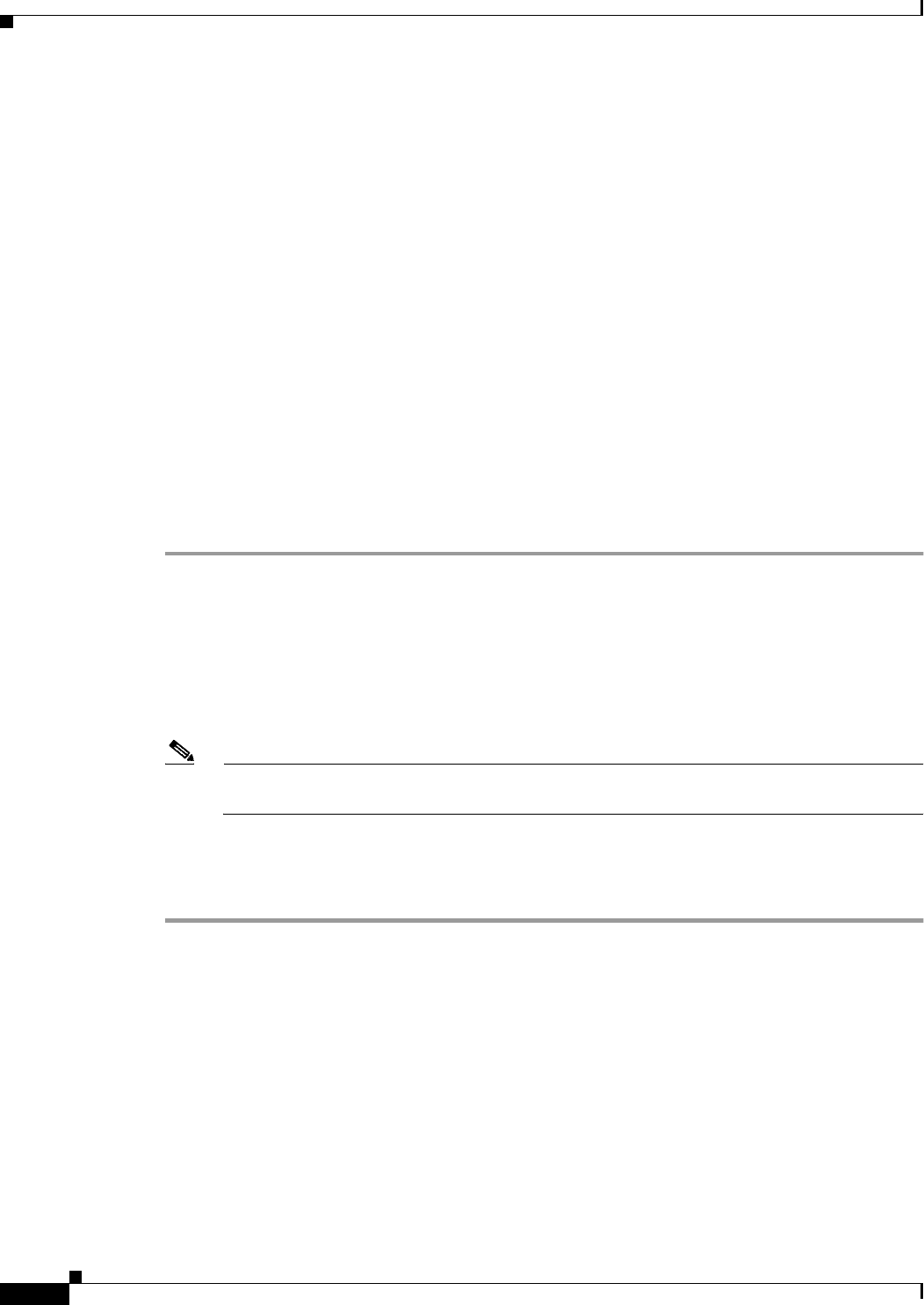
7-4
Cisco ATA 186 and Cisco ATA 188 Analog Telephone Adaptor Administrator’s Guide (SCCP)
OL-3141-01
Chapter 7 Upgrading the Cisco ATA Signaling Image
Upgrading the Signaling Image Manually
Upgrading the Signaling Image Manually
This section describes how to manually upgrade the Cisco ATA with the most recent signaling image.
The executable file that you need is called ata186us.exe, and is bundled in the Cisco ATA
release-software zip file.
You should use this procedure only if the Cisco CallManager IP address or URL has been statically
configured with the CA0orCM0 or CA1orCM1 parameters (see the “CA0orCM0 and CA1orCM1”
section on page 5-9).
This section contains the following topics:
• Preliminary Steps, page 7-4
• Running the Executable File, page 7-4
Preliminary Steps
Before you run the executable file, be sure to complete the following procedure:
Procedure
Step 1 If you are a registered CCO user. go to the following URL:
http://www.cisco.com/cgi-bin/tablebuild.pl/ata186
Step 2 Locate the zip file that contains the software for the applicable release and signaling image you are
using. The contents of each file are described next to the file name. Extract the signaling image file (this
file has an extension of .zup—For example, ata186-v2-15-020723a.zup) and store it on the PC that has
connectivity with the Cisco ATA.
Step 3 Set the Cisco ATA parameter UseTftp to 0.
Note Remember to set this parameter back to 1 before you use the Cisco CallManager upgrade method
at a later time.
Step 4 (For Cisco Call Manager version 3.2 or later) In the Cisco CallManager Phone Configuration screen for
the Cisco ATA whose image you are upgrading, set the Phone Load field to NONE.
Step 5 Follow the instructions in the “Running the Executable File” section on page 7-4.
Running the Executable File
This section includes the procedure for running the executable file and using the voice configuration
menu to complete the upgrade process. First check to make sure the upgrade requirements are met and
determine the syntax to use when running the program.
This section contains the following topics:
• “Upgrade Requirements” section on page 7-5
• “Syntax” section on page 7-5
• “Upgrade Procedure” section on page 7-5



